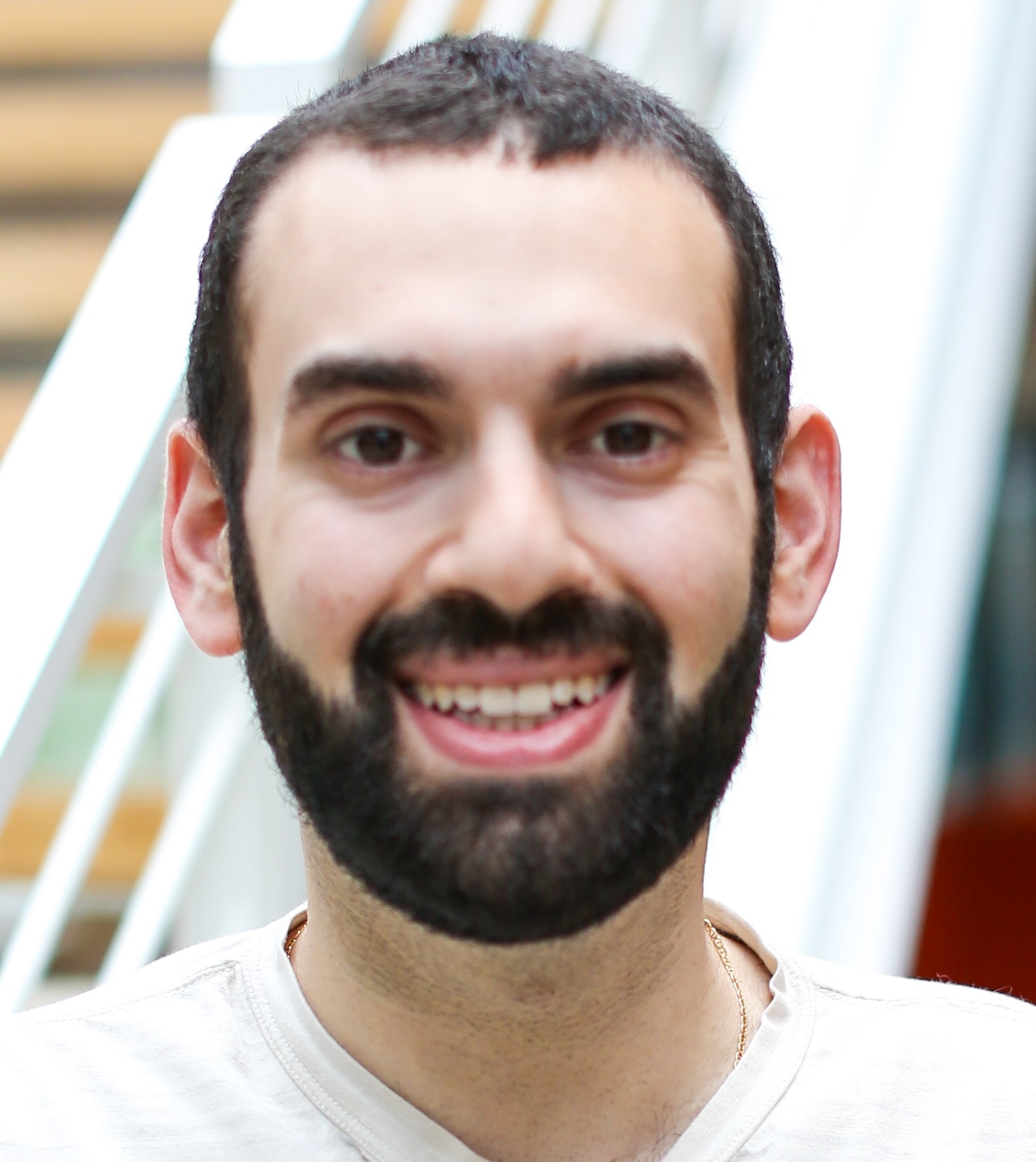A software team’s ability to communicate openly and honestly is critical to its productivity and growth. Communication can create a bottleneck if you have not fostered an environment where people feel comfortable sharing. This is an area that I have explored with my teams for a long time. It started when I learned about psychological safety. Building an environment where people can speak up and share without fear is a requirement for creating a team environment where collaboration leads to better results.
Over the last year, I have begun thinking more about the receiving end of that communication. What is needed to ensure people can receive the communication, understand it, internalize it, disagree with it (if needed) and build on it? Having a safe environment helps but one additional step is required; the receiver must believe and trust where the speaker is coming from. This is especially true when providing opinions and giving feedback.
Strong Opinions

A high functioning team is a hotbed of ideas, discussion, iteration, disagreement and eventually great decisions. Everyone on the team must know their ideas are worthwhile and feel comfortable confidently sharing them. This is where the expression “strong opinions held weakly” comes into play. The concept is to propose your idea with confidence (since it helps people to seriously consider it) but be readily willing to give up and go with someone else’s idea.
This expression has the right intent but misses the hard problem. Saying that you hold an opinion weakly and are willing to change is a great first step, but how do you ensure everyone on your team believes it? I have seen strong confident engineers extol the virtues of their idea and, in the same breath, express their willingness to move from that idea. But reading the room it was clear that no one believed them, and thus the debate ended with no dissent.
Strong opinions are important, but the team needs to trust that you are not too proud to be wrong. In the book Think Again, the author Adam Grant dives into this idea and presents a phrase which more adequately captures the hard problem. Instead of strong opinions held weakly, you must demonstrate confident humility. Present your ideas with confidence to ensure they are taken seriously, but make sure you have established humility with your team. This is not simply done by telling your team “I am so humble,” since that has the opposite effect. Humility is a character trait that you must exhibit over time by graciously accepting being wrong and praising dissent of your ideas. Your team must learn you are not just saying that you are fine to be wrong, but that you really mean it.
This takes time and effort to achieve. In any team discussion, be careful how forcefully you push your ideas until you have established the trust of your humility. When there is dissent, make sure to acknowledge it. Dissent is the lifeblood of good ideas; it should be rewarded as much as the eventually chosen idea.
Direct Feedback
As a member of any team, and especially as an engineering manager, giving direct feedback is one of the best ways to ensure growth. Providing guidance on which behaviors to reinforce and which ones to redirect is how we learn to improve and increase impact. But for most people this is hard to do. Telling someone directly they need to change something can lead to a lot of feelings and emotions that cause enough discomfort that people avoid it.

This is an area where I have had to grow as a manager. I do not like making people upset (I have a people-pleasing tendency). I have read plenty of articles over the years that encouraged accepting uncomfortable emotions and being as direct as possible. Compared to the alternative of not giving any feedback, this is good advice. Concretely discussing areas to develop or change is key to helping people grow; without that how will they know what to focus on?
In the same way that “strong opinions held weakly” avoids the hard problem, being as direct as possible with feedback does too. It is a great first step, but communicating feedback is only half the battle. Feedback is only effective if the person receives it, understands it and agrees with it. You can tell someone what you believe is the truth, but if it does not match their reality or perception, you need to align and find a place to agree. Someone needs to truly trust the person giving them feedback to consider shifting their perception of reality, even a little. Sometimes this must happen for someone to grow. So how do you do it?
The likelihood of someone accepting direct feedback that challenges them is proportional to the level of trust in you and your motivations. They must believe strongly that you care about them as a person and want them to grow. Without this, you will be leading a horse to water and trying to make it drink. However, just like declaring your humility, you can’t just tell someone they should trust you.
Kim Scott explores this concept in her book, Radical Candor. She defines the eponymous radical candor as feedback given to someone who trusts that you truly care about them and their growth. If you have not established this trust, she calls that obnoxious aggression. These are not binary states, the amount someone believes you care about them is a spectrum. With time you can build and increase this trust which means they will be more apt to accept more direct and impactful feedback.
This trust is built through your actions. Asking questions and listening to learn about the person and their motivations are good first steps. Start by giving small feedback and build the trust over time. Fostering this relationship ensures the most impactful feedback will be heard and acted on.
Hard Problem, Big Results
Building a collaborative environment of open debate and direct feedback requires solving the hard problem of establishing trust. Trust in someone’s humility and care is built bit by bit. There is not a quick fix here; it requires diligent work, lots of inquiry, even more listening and time. Putting in this effort will lead to a stronger team that has a higher emotional intelligence and better results.
